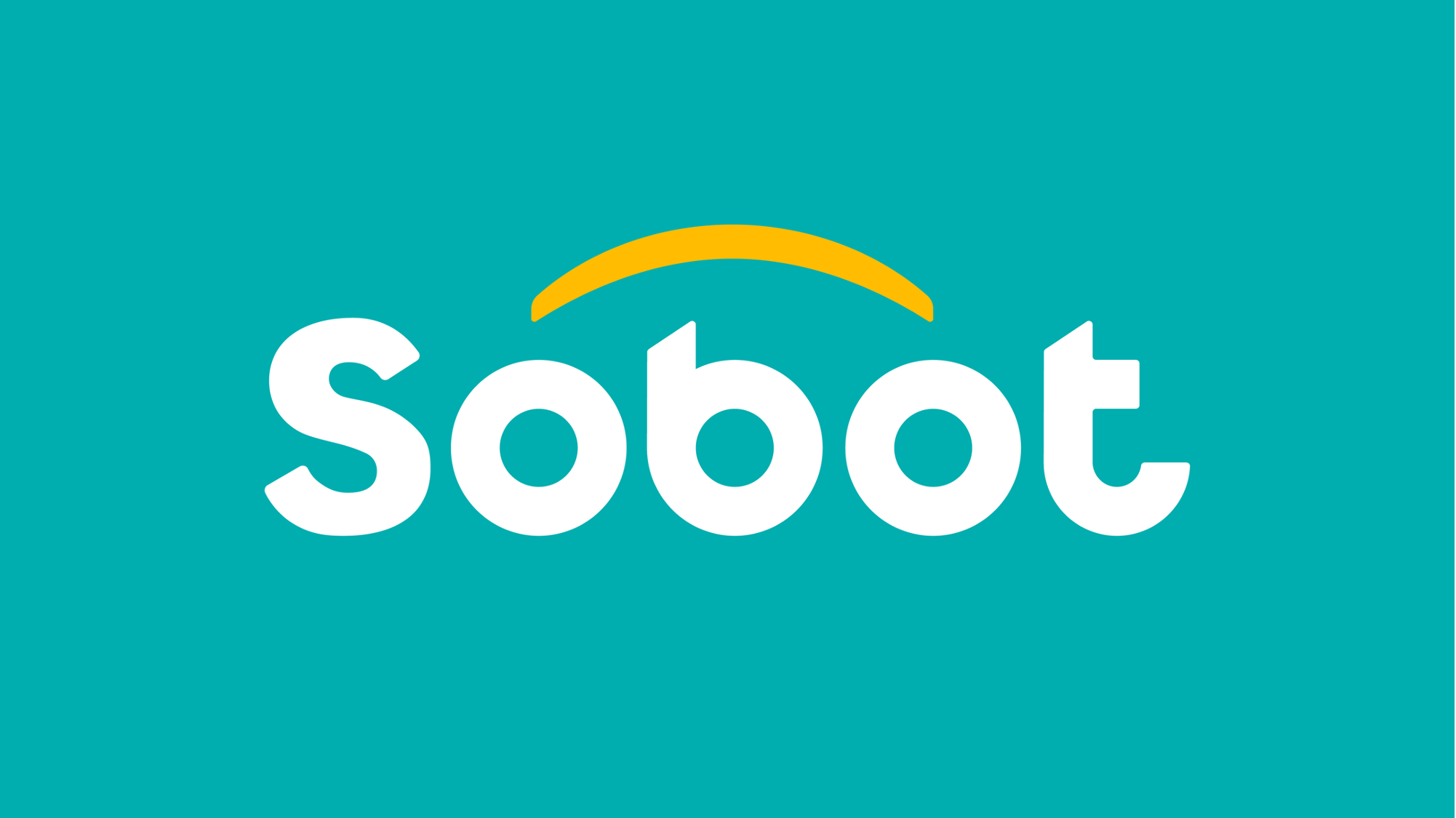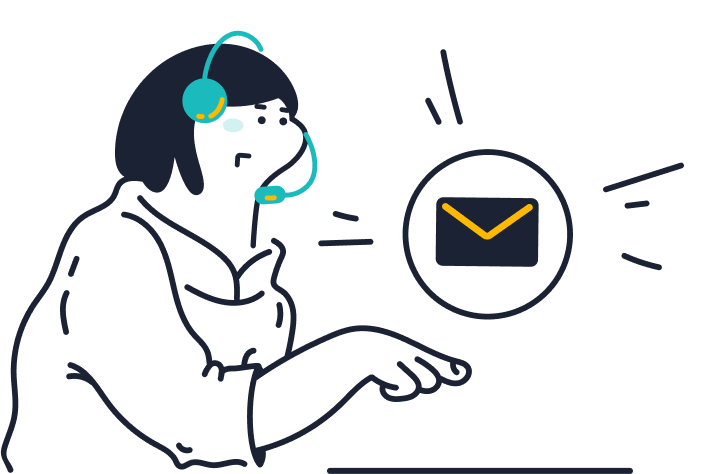Artificial Intelligence (AI) chatbots have become a valuable asset for businesses, helping to automate customer support, streamline communication, and improve user engagement. However, one of the most common questions companies and customers alike have is: can AI chatbots make mistakes? The short answer is yes. While chatbots are designed to deliver efficient and accurate responses, they are not perfect. Let’s explore why errors occur, the types of mistakes AI chatbots can make, and how businesses can minimize these challenges.
Why AI Chatbots Make Mistakes
AI chatbots rely on natural language processing (NLP), machine learning, and large sets of training data to understand and respond to human input. Despite these advanced technologies, mistakes can occur for several reasons:
- Ambiguity in language: Human communication often includes slang, abbreviations, or unclear phrasing that can confuse a chatbot.
- Limited training data: If the chatbot hasn’t been trained on certain topics, it may give inaccurate or irrelevant responses.
- Context limitations: Chatbots may fail to understand the full context of a conversation, leading to incorrect answers.
- Rapidly changing information: In industries where information changes quickly, such as finance or healthcare, a chatbot may provide outdated details.
These limitations highlight that while chatbots are powerful, they cannot fully replicate human reasoning and adaptability.
Common Mistakes AI Chatbots Make
Understanding the types of errors AI chatbots can make helps businesses set realistic expectations and plan accordingly. Some of the most common mistakes include:
- Misunderstanding customer intent: An AI chatbot may misinterpret a user’s request, especially if the phrasing is unusual.
- Providing generic responses: When unsure, some chatbots offer vague or repetitive answers, which may frustrate users.
- Failure in complex problem-solving: Chatbots are effective for simple queries, but more complex issues often require human intervention.
- Lack of empathy: Unlike humans, chatbots may fail to respond in a way that feels empathetic during sensitive interactions.
- Technical glitches: Programming errors or integration issues can also cause incorrect or incomplete responses.
How Businesses Can Reduce Chatbot Mistakes
While it’s impossible to eliminate errors entirely, businesses can take steps to minimize mistakes and improve user satisfaction. Strategies include:
- Regular updates and training: Continuously improving the chatbot’s knowledge base ensures it stays current with industry information.
- Clear escalation protocols: Allowing customers to seamlessly connect with human agents when needed prevents frustration.
- Testing and monitoring: Ongoing performance evaluation helps identify weak spots and improve chatbot accuracy.
- Personalized responses: Using data to tailor interactions can reduce misunderstandings and improve relevance.
- User-friendly design: Creating intuitive chatbot flows helps guide conversations effectively and reduces confusion.
By combining automation with human oversight, businesses can leverage the benefits of AI chatbots while minimizing their drawbacks.
The Role of Human Support in AI Chatbots
No matter how advanced a chatbot is, human support remains crucial. Chatbots should be viewed as assistants that handle repetitive and straightforward queries, while human agents focus on complex, emotional, or highly specialized concerns. This balance ensures efficiency without sacrificing quality customer care.

Conclusion
So, can AI chatbots make mistakes? Absolutely. While they are an essential tool for improving efficiency and customer experience, errors are part of their nature due to limitations in language processing, data, and context understanding. However, with regular updates, smart design, and human oversight, businesses can reduce mistakes and maximize the benefits of AI chatbot technology.
When used wisely, AI chatbots can enhance customer service, streamline operations, and deliver measurable value—despite the occasional error.


